Next year will bring a big shake-up to an already dynamic English 12 program. Stepping into a new role is a former NHL draftee who is also a screenwriter, playwright, and current middle school teacher. His name is Ashlin Halfnight.
His course is Rebirth from the Ashes: Literature of Collapse, Survival, and Reinvention.
Rebirth From the Ashes:
As students make the transition from senior year and high school to adulthood and the real world, Halfnight’s new course feels especially timely. The course, with the use of literature and film, will explore what happens when civilizations collapse, identities dissolve, and systems break down. It will also explore the meaning made from this wreckage.
“The class is designed to speak to a movement in history—designed to investigate an inflection point where the world is on the brink of a lot of change. I hope this class is in conversation with that moment,” said Mr. Halfnight.
From Middle to Upper School:
Halfnight is coming from teaching in Hackley’s middle school, where he has been a fan favorite. Mr. Halfnight has thoroughly enjoyed working with younger students. However, if he had the choice, reading more mature pieces of work would be preferable to him. That’s why this opportunity to teach older students and engage on a deeper level was so exciting for him.
In many ways, his previous work in screenwriting and creative writing has influenced the way he approaches teaching literature. He already has some experience teaching upper schoolers through his screenwriting minor.
“I am always excited to incorporate creative endeavors and projects,” Mr. Halfnight said, “I value a classroom that is supportive and engaged, a place where feedback is honest and useful.”
On top of this, he also realizes that teaching an Upper School English class comes with a bit more weight.
“It’s a pillar of education at Hackley, and I take that seriously. The tone will be more rigorous. It’s a different vibe,” Mr. Halfnight said.
Approach to Writing:
When thinking about English in the Upper School, one thing at the top of the minds of most students is the question of what teachers want. Every teacher seems to have their own idea of what a good analytical essay is.
Halfnight believes that strong writing comes from taking risks and making surprising but thoughtful choices.
“A great analytical essay has a fresh, creative take, robust argumentation, and good evidence. If it doesn’t feel like work to read the writing but instead feels like a joy and journey, with some surprise, then that’s when I am very impressed,” said Mr. Halfnight.
He also encourages students to put texts in conversation with themselves, other works, and the real world. Connecting the literature to history, the news, and students’ own lives is something he has done with his fifth-grade students.
Classroom setting:
Ultimately, Halfnight hopes his course will reward risk-taking. If students can lay a great foundation of close reading, he is happy for them to take their papers and analyses in unexpected directions.
This openness extends to the classroom itself. Writing works best in collaborative and supportive environments. With creative writing, there is no hierarchy of opinion. Anyone’s feedback can be beneficial. With analytical writing, he thinks there is more potential for one idea to trump the rest, but giving feedback on those essays can still be very valuable.
“I am really excited,” said Mr. Halfnight. “I hope that excitement lights a fire under whoever ends up in my class.”


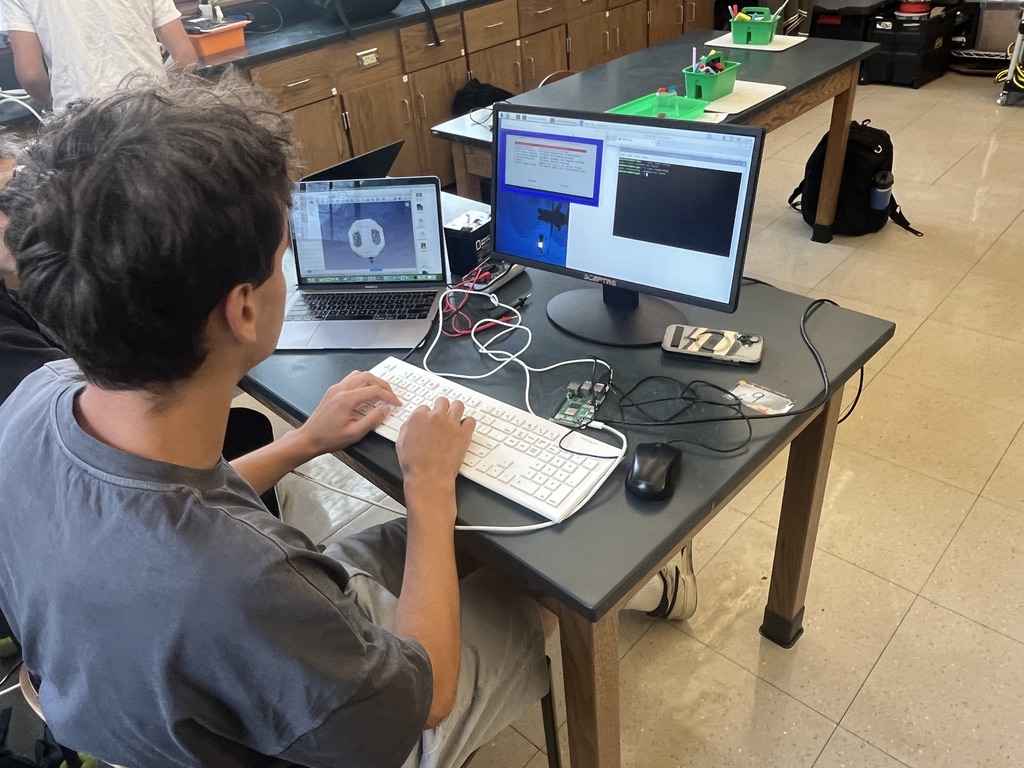
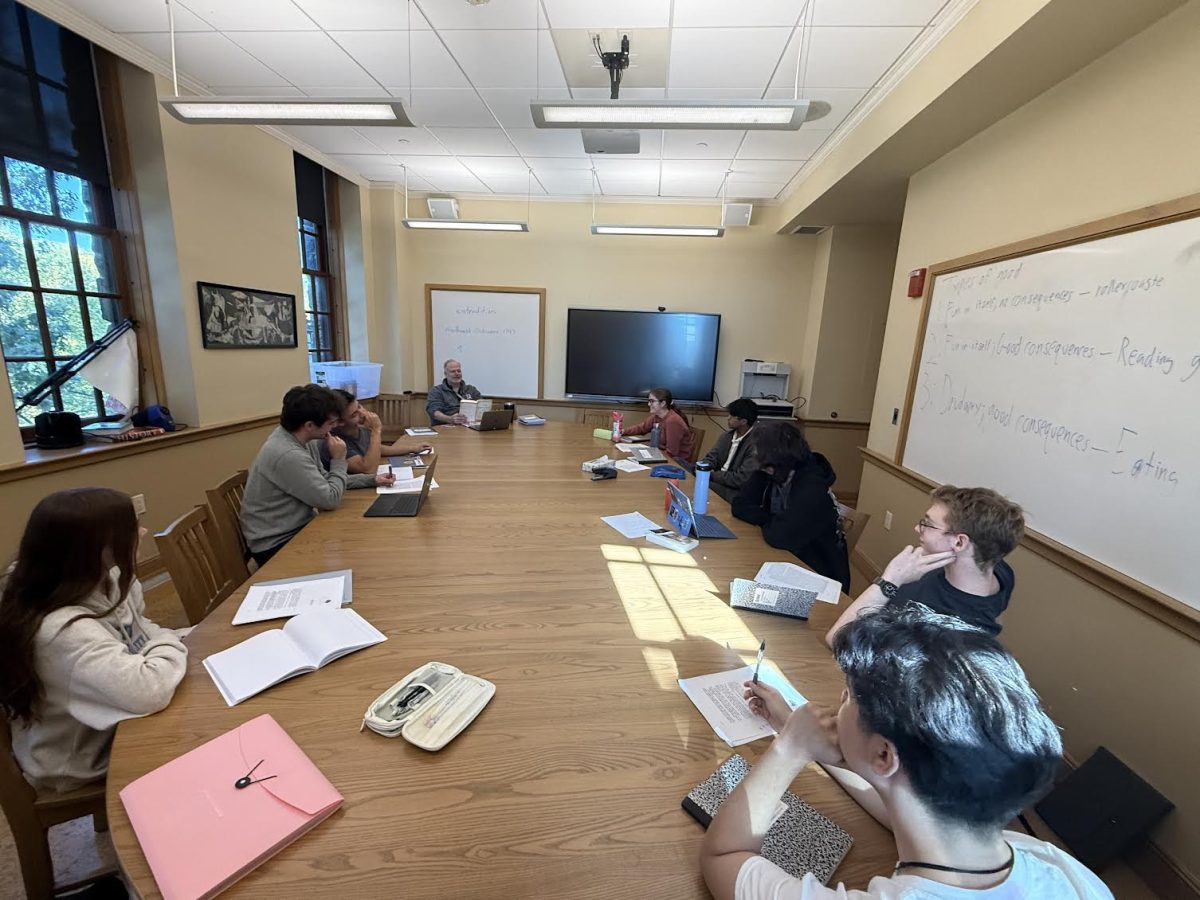
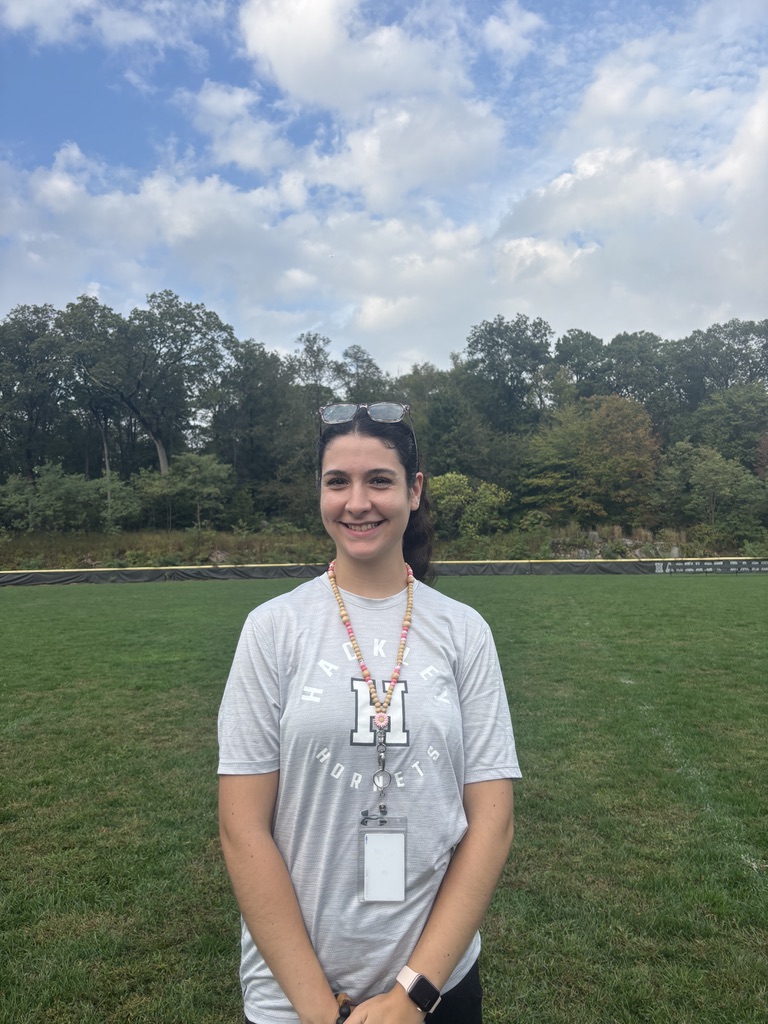
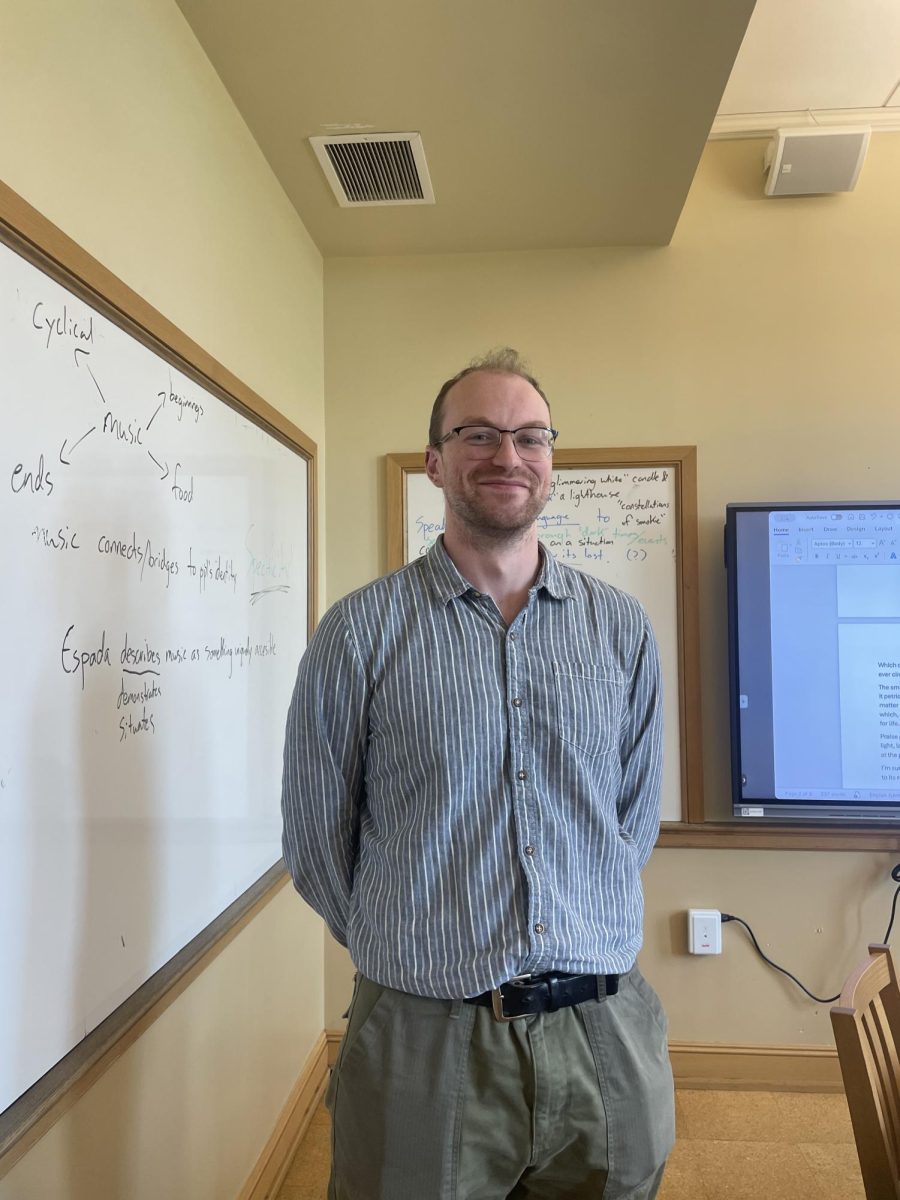
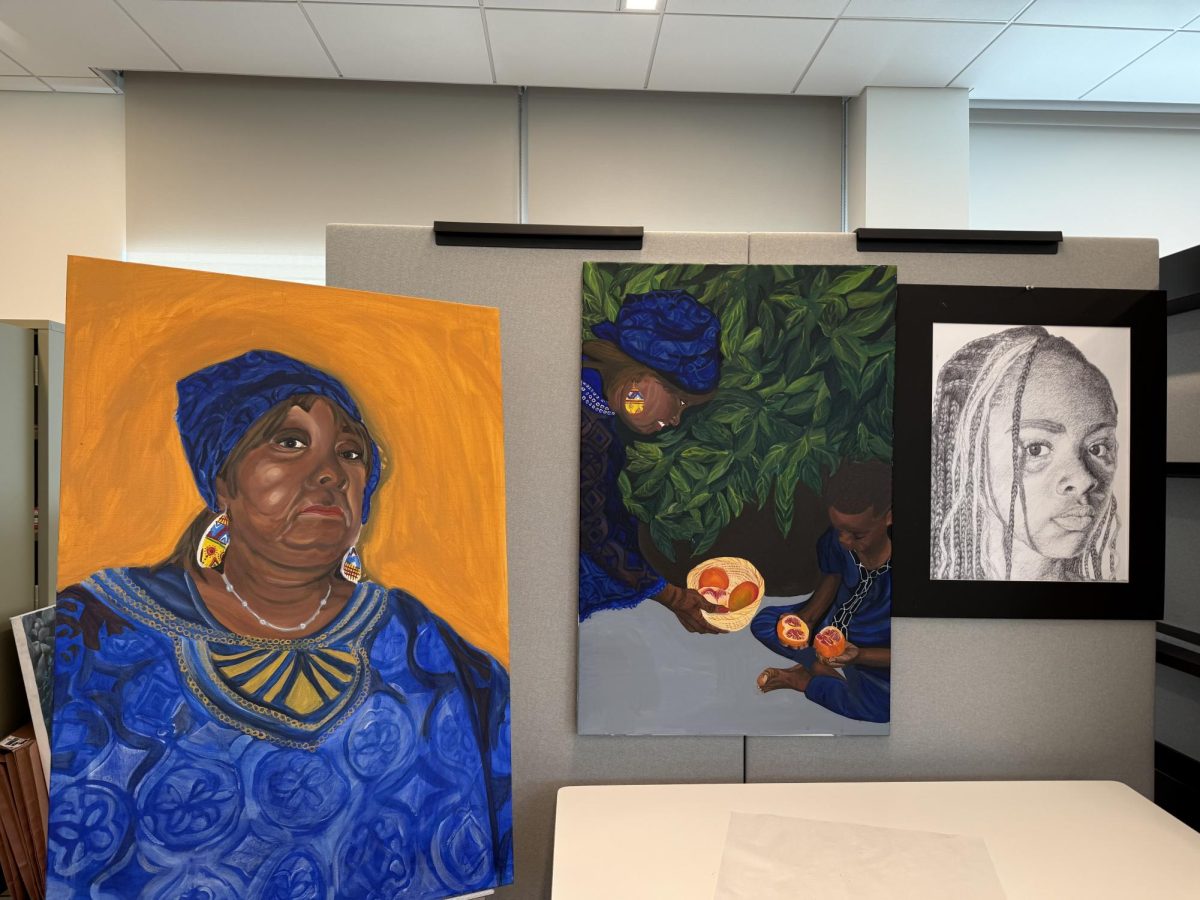
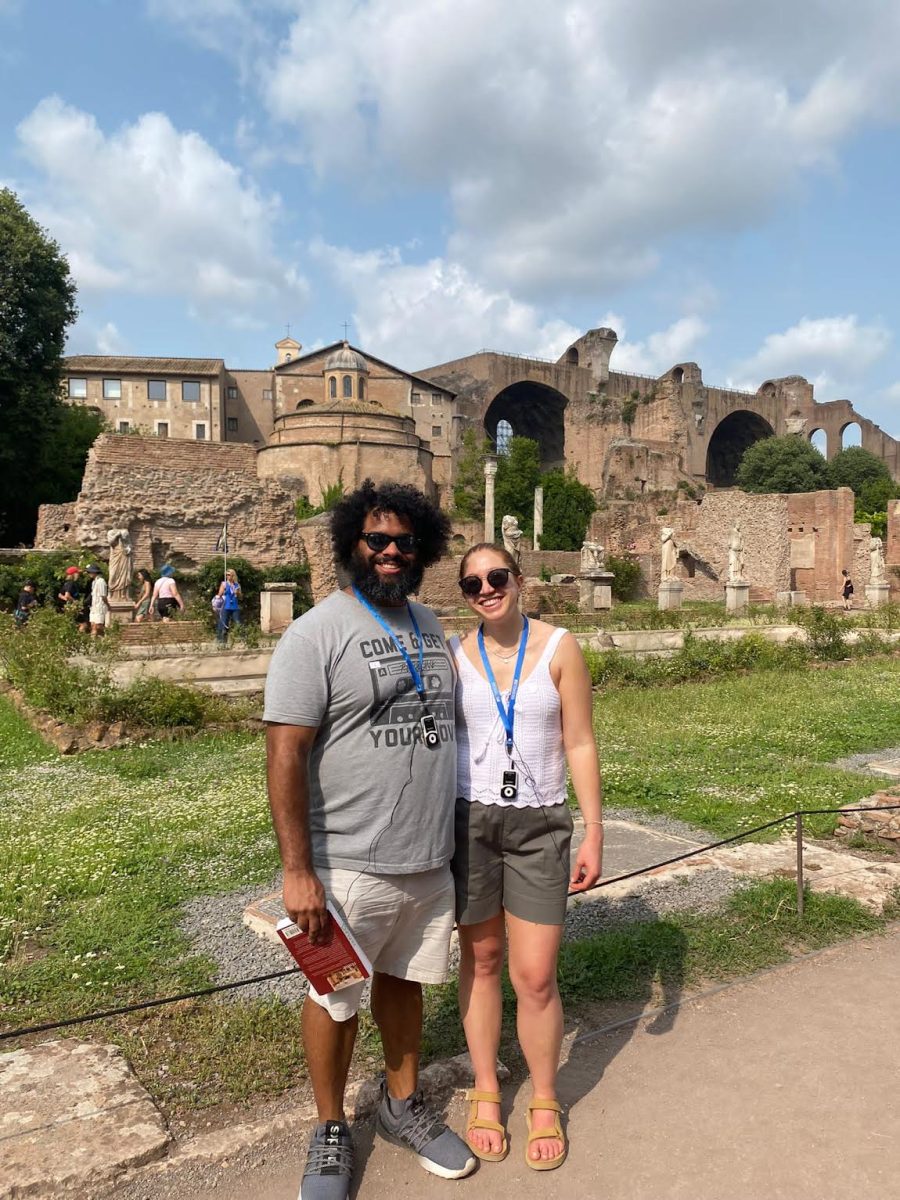
Julian Mann • May 26, 2025 at 1:44 pm
Interesting! I’ve been curious about this topic.